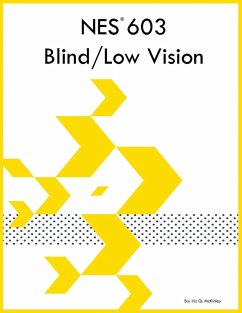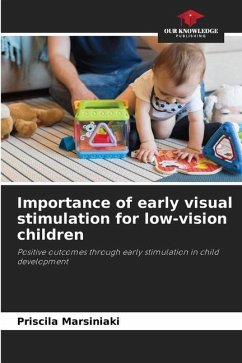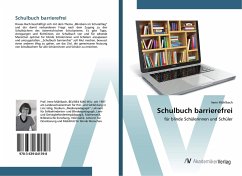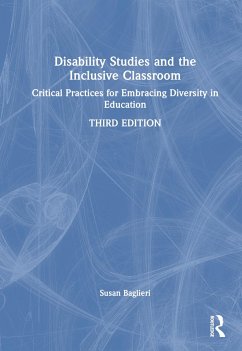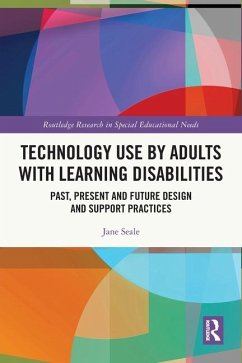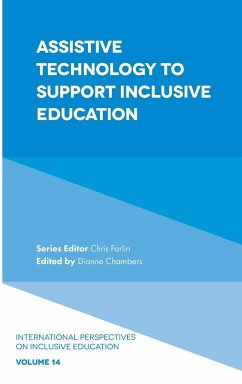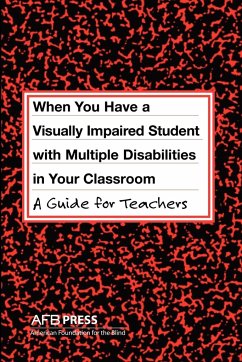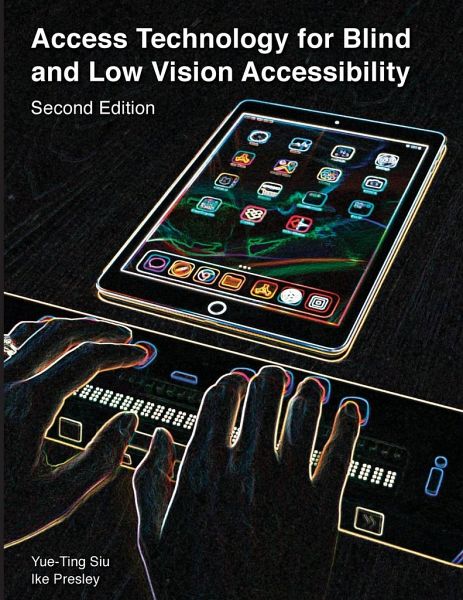
Access Technology for Blind and Low Vision Accessibility
Versandkostenfrei!
Versandfertig in 1-2 Wochen
124,99 €
inkl. MwSt.

PAYBACK Punkte
62 °P sammeln!
Access Technology for Blind and Low Vision Accessibility, the second edition of 2008's Assistive Technology for Students Who Are Blind or Visually Impaired: A Guide to Assessment, uses clear language to describe the range of technology solutions that exists to facilitate low vision and nonvisual access to print and digital information. Part 1 gives teachers, professionals, and families an overview of current technologies including refreshable braille displays, screen readers, 3D printers, cloud computing, tactile media, and integrated development environments. Part 2 builds on this foundation,...
Access Technology for Blind and Low Vision Accessibility, the second edition of 2008's Assistive Technology for Students Who Are Blind or Visually Impaired: A Guide to Assessment, uses clear language to describe the range of technology solutions that exists to facilitate low vision and nonvisual access to print and digital information. Part 1 gives teachers, professionals, and families an overview of current technologies including refreshable braille displays, screen readers, 3D printers, cloud computing, tactile media, and integrated development environments. Part 2 builds on this foundation, providing readers with a conceptual and practical framework to guide a comprehensive technology evaluation process. As did its predecessor, Access Technology for Blind and Low Vision Accessibility is focused on giving people who are blind or visually impaired equal access to all activities of self-determined living, allowing them to be seamlessly integrated within their home, school, and work communities.



